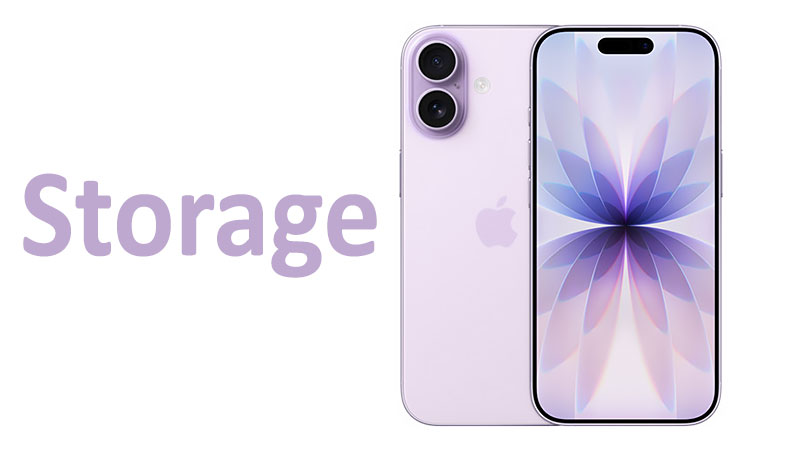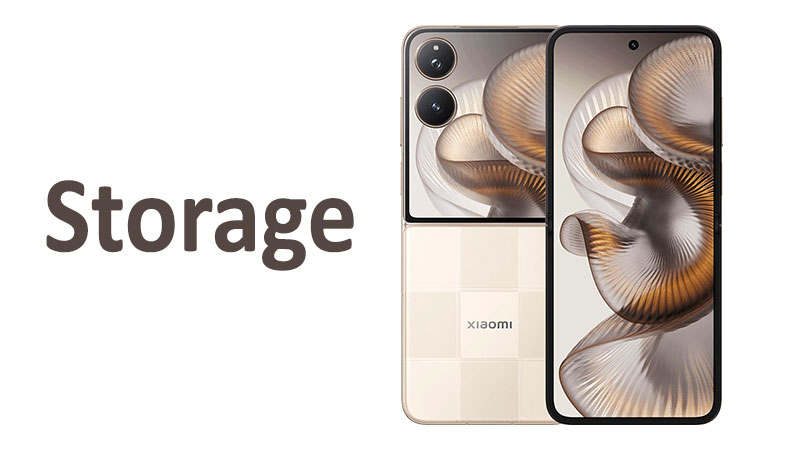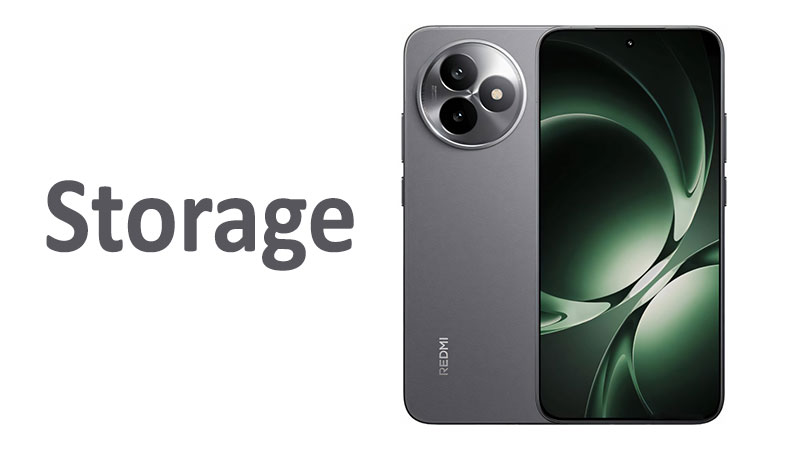Choosing a new smartphone is a significant decision. The storage capacity is a critical factor. It affects performance and longevity. The Apple iPhone 17 storage options are a major topic of discussion. This new lineup introduces important changes. These changes will impact every user. This comprehensive guide explores all aspects of the new storage system. We cover capacity, technology, and what it means for you.
The Evolution of iPhone Storage
Apple has a history of incremental upgrades. The iPhone 17 marks a major shift. For the first time, all models start with 256GB of storage. This is a significant leap from the 128GB base of the iPhone 16. This change reflects modern user habits. People are creating more high-resolution content. They need more space for apps, photos, and videos.
Apple iPhone 17 Storage: Capacity Options
The iPhone 17 lineup offers various storage configurations. The standard iPhone 17 and the new iPhone Air provide two options. Users can choose between 256GB and 512GB. This doubles the base storage from previous generations. It offers excellent value for most users.
The Pro models have more capacity. The iPhone 17 Pro and iPhone 17 Pro Max cater to professionals. They offer 256GB, 512GB, and 1TB options. The iPhone 17 Pro Max introduces a new, massive 2TB option. This is a first for any iPhone. It targets high-end creators and professionals. This amount of storage is truly groundbreaking.
Comparison with the iPhone 16:
- iPhone 17 vs. iPhone 16: The base iPhone 17 now starts at 256GB. The iPhone 16 started at 128GB. This gives the new model a clear advantage. You get more storage for a similar price.
- Pro Models: The iPhone 17 Pro models also begin at 256GB. They offer more capacity for the price. The 2TB option on the Pro Max is a new frontier. This was not available on any previous iPhone.
Beyond Capacity: The Technology of Storage
Storage capacity is only one part of the story. The type of storage technology is equally important. It determines read and write speeds. Faster speeds mean quicker app loading and file transfers. They also improve overall system responsiveness. Apple continues to use high-speed flash memory. Their choice is critical for performance.
The iPhone 17’s internal storage is likely NVMe (Non-Volatile Memory Express). NVMe is a protocol designed for solid-state drives (SSDs). It leverages the high-speed PCIe bus. This results in incredibly fast data transfer rates. This is a key advantage over older storage types.
NVMe vs. UFS:
- NVMe (Non-Volatile Memory Express): NVMe is the pinnacle of flash storage. It offers superior performance. It provides lower latency and higher throughput. This is essential for demanding tasks. These include 4K and ProRes video editing.
- UFS (Universal Flash Storage): UFS is also a fast standard for mobile devices. It is very common in high-end Android phones. While fast, it generally does not match the peak speeds of NVMe. Apple’s long-standing use of NVMe-based solutions gives it an edge. This applies especially to high-capacity transfers.
The iPhone 17’s A19 chipset is optimized for this storage. It ensures a seamless experience. The integration of hardware and software is a key Apple strength. This integration maximizes the speed benefits of the NVMe storage.
Pros and Cons of the New Storage System
The Apple iPhone 17 storage system has many benefits. However, there are also some drawbacks. Understanding both sides helps with a buying decision.
Pros:
- Higher Base Capacity: The 256GB base model is a game-changer. Users will no longer feel pressured to upgrade. This offers great value from the start.
- Future-Proofing: Larger storage capacities mean your phone lasts longer. You will not run out of space as quickly. This is especially true with modern apps and content.
- Exceptional Performance: The NVMe storage ensures lightning-fast speeds. Apps launch instantly. Files transfer in a blink. This provides a fluid and responsive user experience.
- Professional Capabilities: The 2TB option on the Pro Max is perfect for professionals. Filmmakers and photographers can shoot in high-end formats. They can store all their work directly on their device.
Cons:
- Higher Starting Price: The increased base storage might come with a higher starting price. This could make the entry-level models less accessible.
- No Expandable Storage: Apple still does not offer a microSD card slot. This means you are stuck with your chosen capacity. You cannot add more storage later.
- Cloud Dependency: Apple’s ecosystem pushes users toward iCloud. This is an extra monthly cost. It can be inconvenient for those who prefer local storage.
- Cost of Upgrades: Upgrading to a higher capacity model is expensive. The price jump between tiers can be substantial.
Important Points for Buyers
Before you buy an iPhone 17, consider these points. Your usage habits will determine the best storage choice.
- For the Average User (iPhone 17, 256GB): The 256GB model is perfect for most people. It handles a large library of photos and videos. It holds plenty of apps and games. You likely will not need more.
- For the Power User (iPhone 17, 512GB): Choose the 512GB option if you record a lot of video. This is also good if you download many movies and high-graphic games. The extra space offers peace of mind.
- For the Professional (iPhone 17 Pro/Pro Max, 1TB or 2TB): The 1TB and 2TB models are for a niche audience. They are essential for creative professionals. If you shoot 4K ProRes video, these capacities are a necessity. Otherwise, they are likely overkill.
Remember that Apple’s ecosystem is a factor. iCloud can supplement local storage. A 200GB iCloud plan is a good addition. It provides a flexible solution. It works well with the base 256GB model.
Conclusion: Making an Informed Choice
The Apple iPhone 17 storage system is a major upgrade. It sets a new standard for smartphones. The shift to a 256GB base capacity is a welcome change. It provides better value and more longevity for all users. The underlying NVMe technology ensures top-tier performance. This is critical for modern mobile computing.
The new storage options cater to every type of user. The standard 256GB model is excellent for most people. The larger 512GB and 1TB options are for enthusiasts. The massive 2TB Pro Max option is for the most demanding professionals. This is a testament to Apple’s focus on both casual and pro users.
Ultimately, your choice depends on your needs. Consider your digital life and how you use your phone. The iPhone 17 offers a storage solution that fits your specific requirements.
FAQ
What is the base storage for the iPhone 17?
The base storage for all iPhone 17 models is now 256GB. This is an increase from the 128GB base of the iPhone 16.
Does the iPhone 17 have a 128GB option?
No, Apple has discontinued the 128GB option for the iPhone 17 series. All models start with 256GB.
What is the maximum storage available for the iPhone 17?
The iPhone 17 Pro Max offers a new maximum storage capacity of 2TB. The standard iPhone 17 tops out at 512GB.
What type of storage does the iPhone 17 use?
The iPhone 17 uses an NVMe-based flash memory. This is the same high-speed technology used in professional SSDs.
Can I expand the storage on the iPhone 17?
No, the iPhone 17 does not have a microSD card slot. You cannot expand the internal storage. You must choose the right capacity when you buy the phone.



